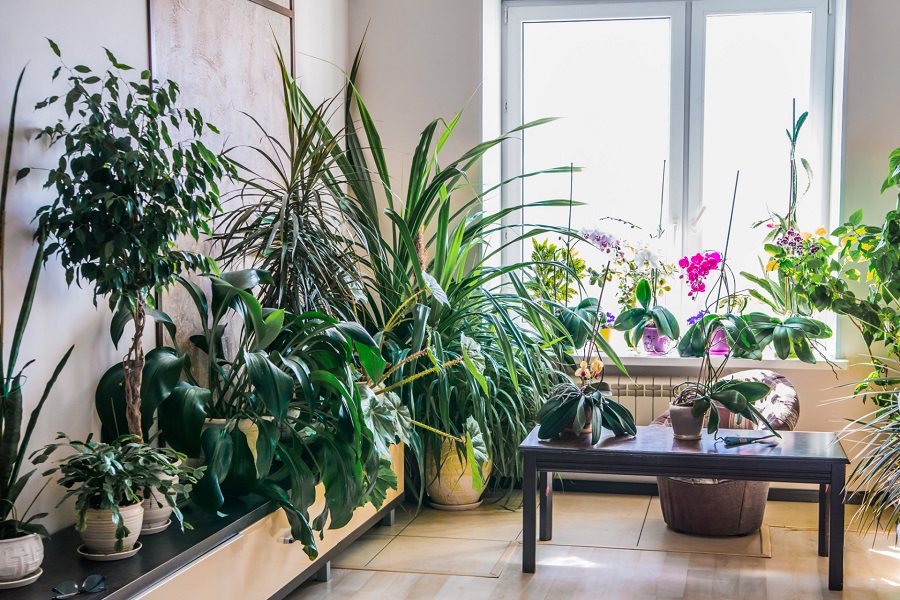
Blooming Homes: Essential Flower Care Tips for Housewives
Home flowers breathe life into any space. Their vibrant colors and mesmerizing fragrances can uplift moods and transform homes. However, like all living things, they demand care, attention, and love. For housewives, amidst the myriad of responsibilities, nurturing these plants can sometimes be challenging. But, with the right knowledge and techniques, flower care can become an effortless, enjoyable ritual.
Whether you’re a seasoned plant enthusiast or a beginner looking to add some greenery to your abode, this guide shares invaluable advice to ensure your house plants thrive and beautify your space all year round.
Understanding Your Flower’s Needs
All plants are unique, and their care varies. While some might thrive in bright, direct sunlight, others prefer the shade. Being attuned to the needs of each plant is crucial. Start by understanding the specific requirements of the flowers you bring home. Research their native habitats, which offer insights into their preferred light, moisture, and soil conditions.
A handy tip is to maintain a journal. Jot down each plant’s needs, and set reminders for watering, fertilizing, or repotting. Over time, this journal can become a personalized plant-care guide, tailored to your home garden.
The Watering Conundrum
How Much Is Too Much?
Watering is vital, yet it’s where most tend to go wrong. Over-watering can lead to root rot, while under-watering can cause the plant to wilt. The trick is to strike a balance. Check the soil before watering. If it’s dry an inch below the surface, it’s time to water. Remember, it’s always better to err on the side of less water than more.
Water Quality Matters
It’s not just about quantity, but also quality. Plants can be sensitive to the chemicals in tap water. Whenever possible, use rainwater or distilled water. If using tap water, let it sit overnight to allow chlorine to evaporate before watering your plants.
Positioning and Light
Light is essential for photosynthesis. However, not all plants have the same light requirements. While succulents love direct sunlight, ferns prefer indirect light. Observe your plants. If they lean towards the light or their leaves turn yellow, they might not be getting the right amount of sunlight. Experiment by moving them to different spots until you find their ideal location.
A simple rule of thumb: The thicker and juicier the leaves, the more light a plant typically needs. Thin, soft leaves usually indicate a preference for less direct light.

Feeding and Soil Quality
Like all living beings, plants need nutrition to grow. Fertilizing your plants is essential, especially when the nutrients in the soil get depleted. However, excessive fertilization can harm the plants. Always follow the recommended dosage, and choose a fertilizer suited for the specific plant type.
Also, ensure the soil is of good quality. Occasionally, loosen the soil around the plant to ensure it remains aerated, facilitating better root growth and water absorption.
Pruning and Pest Management
Pruning helps in the growth of new, healthy branches. Regularly prune dead or yellowing leaves to allow for new growth. It not only enhances the plant’s appearance but also prevents potential fungal diseases.
Pests can be a nightmare for plant enthusiasts. Regularly inspect your plants for signs of pests or diseases. If you spot any, isolate the affected plant to prevent the spread. Use natural remedies or insecticidal soaps to treat common pests like aphids or spider mites.
